Contact Details
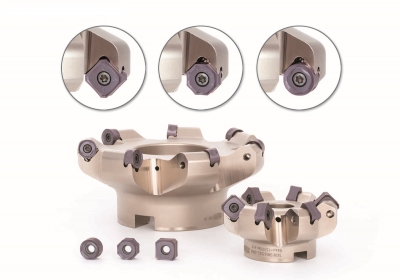
DoTriple-Mill is Tungaloy’s latest facemilling cutter, featuring an innovative dovetail clamping system that will reportedly dramatically reduce insert lift up and excessive shear force imposed on the screws during heavy-duty milling. Compared with the last generation of facemilling platforms, DoTriple-Mill delivers stable machining and consistent tool life. Three types of inserts – SNGU, ONGU, and RNGU types – fit in the same cutter body, making DoTriple-Mill suitable when various materials have to be machined and machine tool settings are limited.
The SNGU-type insert, the most versatile of the three, is an eight-cornered, square insert with a depth of cut up to 0.26” (6.5 mm). The concave cutting edge produces barrel shaped chips even in machining large depth of cut and delivers excellent chip evacuation. The insert geometry is particularly suitable for stainless steel with high nickel/chrome content.
The ONGU-type insert is an economical 16-cornered insert with a maximum depth of cut of 0.129” (3.3 mm) and a concave cutting edge for extra smooth machining.
The RNGU-type insert is an eight-cornered, round insert with strong cutting edges applicable for a depth of cut up to 0.24” (6 mm). The insert is not only reliable in roughing abrasive scales but also capable of high-feed machining when used at a low depth of cut, thus covering a range of applications. The SNGU and ONGU types are also complemented with a separate wiper insert for finishing purposes to improve surface quality and strengthen the corner radii.
A bore type cutter body is available in coarse and close pitch designs, and the standard tool diameter ranges from 2.00” to 6.00” (and in metric sizes from 50 to 160 mm). DoTriple-Mill’s insert grade includes two types for various materials: AH3135 with high fracture resistance for steel, stainless steel, and difficult to cut materials; and high wear-resistant AH120 for cast iron.
Related Glossary Terms
- abrasive
abrasive
Substance used for grinding, honing, lapping, superfinishing and polishing. Examples include garnet, emery, corundum, silicon carbide, cubic boron nitride and diamond in various grit sizes.
- depth of cut
depth of cut
Distance between the bottom of the cut and the uncut surface of the workpiece, measured in a direction at right angles to the machined surface of the workpiece.
- facemilling
facemilling
Form of milling that produces a flat surface generally at right angles to the rotating axis of a cutter having teeth or inserts both on its periphery and on its end face.
- gang cutting ( milling)
gang cutting ( milling)
Machining with several cutters mounted on a single arbor, generally for simultaneous cutting.
- milling
milling
Machining operation in which metal or other material is removed by applying power to a rotating cutter. In vertical milling, the cutting tool is mounted vertically on the spindle. In horizontal milling, the cutting tool is mounted horizontally, either directly on the spindle or on an arbor. Horizontal milling is further broken down into conventional milling, where the cutter rotates opposite the direction of feed, or “up” into the workpiece; and climb milling, where the cutter rotates in the direction of feed, or “down” into the workpiece. Milling operations include plane or surface milling, endmilling, facemilling, angle milling, form milling and profiling.
- pitch
pitch
1. On a saw blade, the number of teeth per inch. 2. In threading, the number of threads per inch.
- wiper
wiper
Metal-removing edge on the face of a cutter that travels in a plane perpendicular to the axis. It is the edge that sweeps the machined surface. The flat should be as wide as the feed per revolution of the cutter. This allows any given insert to wipe the entire workpiece surface and impart a fine surface finish at a high feed rate.


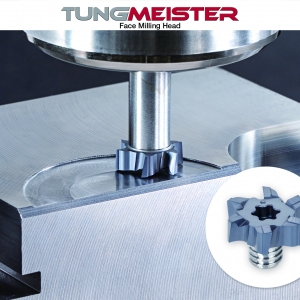

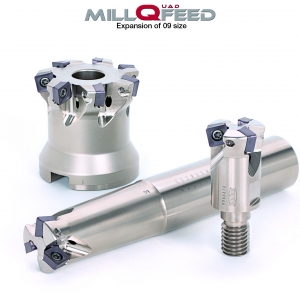

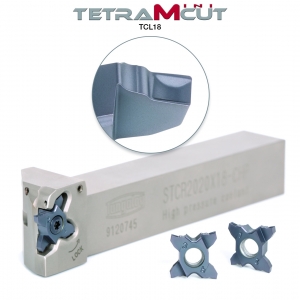


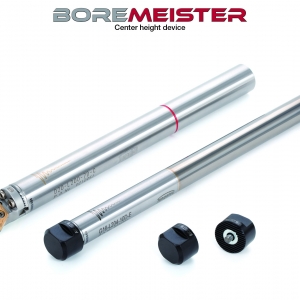

 PRODUCTS
PRODUCTS

